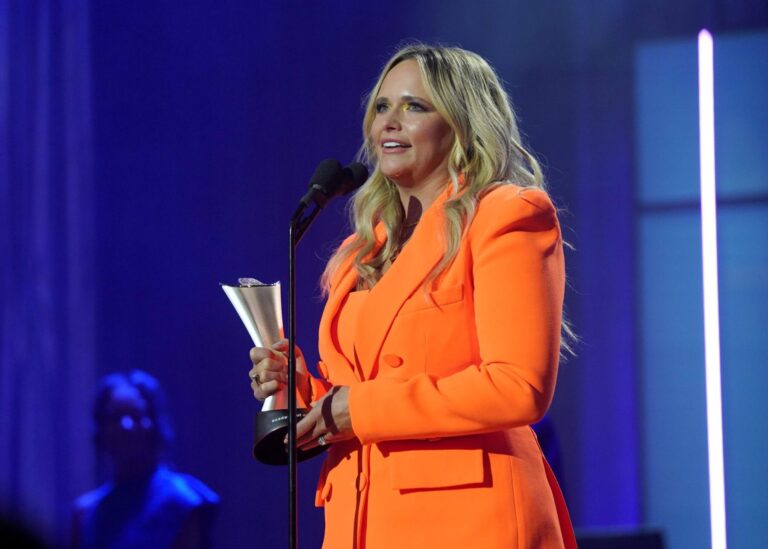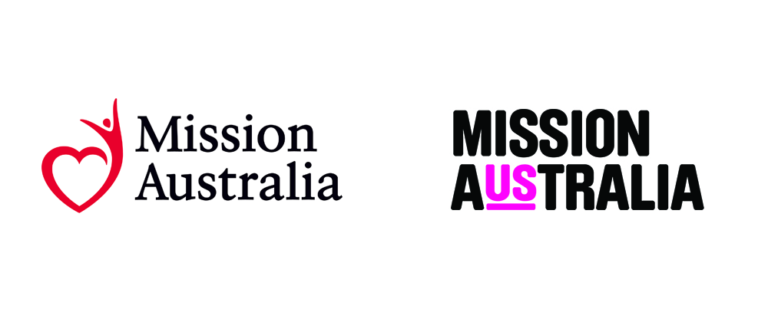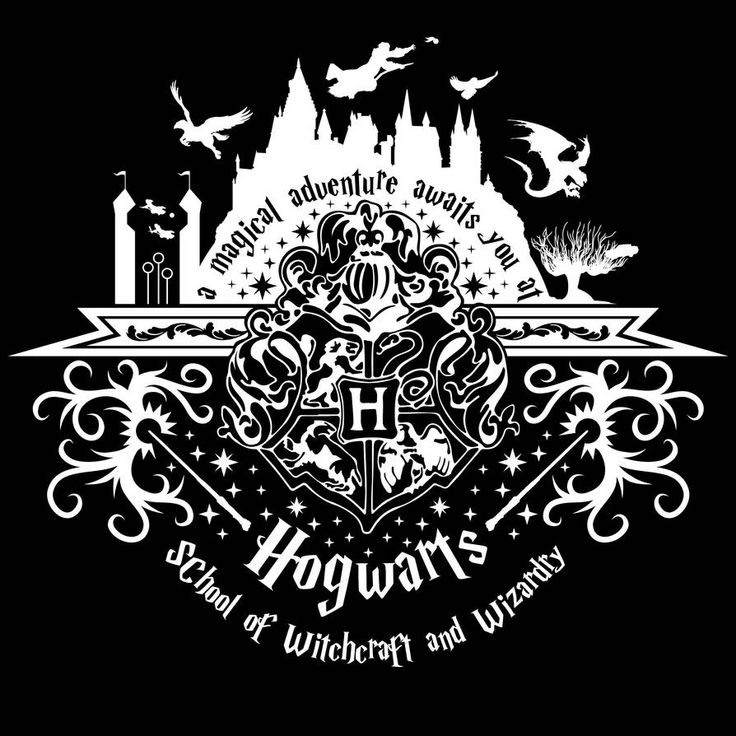Koalas may save NSW friends
MORE than 30 people from across South Gippsland learnt about a potential translocation program of the Strzelecki Koala at a community forum in Koonwarra recently.
The Strzelecki Koala is unique, as it has a high genetic variability compared with other koala populations in Victoria.
Faye Wedrowicz, a Monash PhD student, confirmed this during the evening as she spoke about her work looking at the genetic profile of the Strzelecki using mitochondrial DNA and micro-satellite DNA.
Ms Wedrowicz has been supported by volunteers and the Friends of Strzelecki Koala group, whose members collected samples of koala scats to assist the study.
“Strzelecki Koalas have very high genetic variability compared with other koala populations in Victoria,” she said.
“This makes the koalas found in the Strzelecki Ranges and South Gippsland significant as they may be more resilient to disease and, it is hoped, more able to withstand changes to their habitats induced by climate change.”
Chris Allen, a senior threatened species officer with the New South Wales Office of Environment and Heritage, spoke about a population study undertaken in the central and eastern Strzelecki Ranges that supports a case for translocation.
“The Strzelecki Koala population is the most important population in southern Australia,” he said.
“The population currently appears to be relatively secure and occurs at a 72 per cent occupancy rate with variable density depending on the quality of the habitat.
“There is evidence of sub-adults being pushed to the edges of the available habitat which is normal behaviour for young adult koalas trying to establish a home range.”
Mr Allen said there was no evidence of over browsing of eucalypts, which can be seen at Cape Otway. Mr Allen presented the findings from two population surveys undertaken in central and eastern Strzelecki Ranges in November 2013 and March 2014.
Results showed that across 3525 ha of habitat covered by the survey, there was an estimated koala population of 811, or one koala for every four hectares.
A proposal has now been put forward to translocate nine koalas from the Strzelecki Ranges to an area of depleted koala population numbers in south-east coastal New South Wales.
“The proposal currently being assessed by both NSW and Victorian authorities involves translocating nine adult koalas (three males and six females) from the Strzelecki Ranges,” Mr Allen said.
“The koalas for the translocation would be sourced from areas scheduled for harvesting on HVP plantation estates.”
Koala populations in south-east NSW have been depleted due to land-use changes that have occurred since European occupation.
The proposal aims to establish another koala population within a national park with similar habitat to the Strzelecki Ranges.
The research undertaken by Ms Wedrowicz showed Strzelecki Koalas were genetically similar to the ones found in south-east NSW.
Mr Allen confirmed this was only a proposal at this stage and may not be approved.
He is consulting widely and has invited anyone with a special interest or any concerns to contact him on [email protected].
If you would like further information, please contact the South Gippsland Landcare Network on 5662 5759.

Guest speakers: from left, Faye Wedrowicz and Chris Allen with Nicole Walsh from the South Gippsland Landcare Network and Colleen Wood discuss the value of the Strzelecki Koala.
Short URL: /?p=13094






